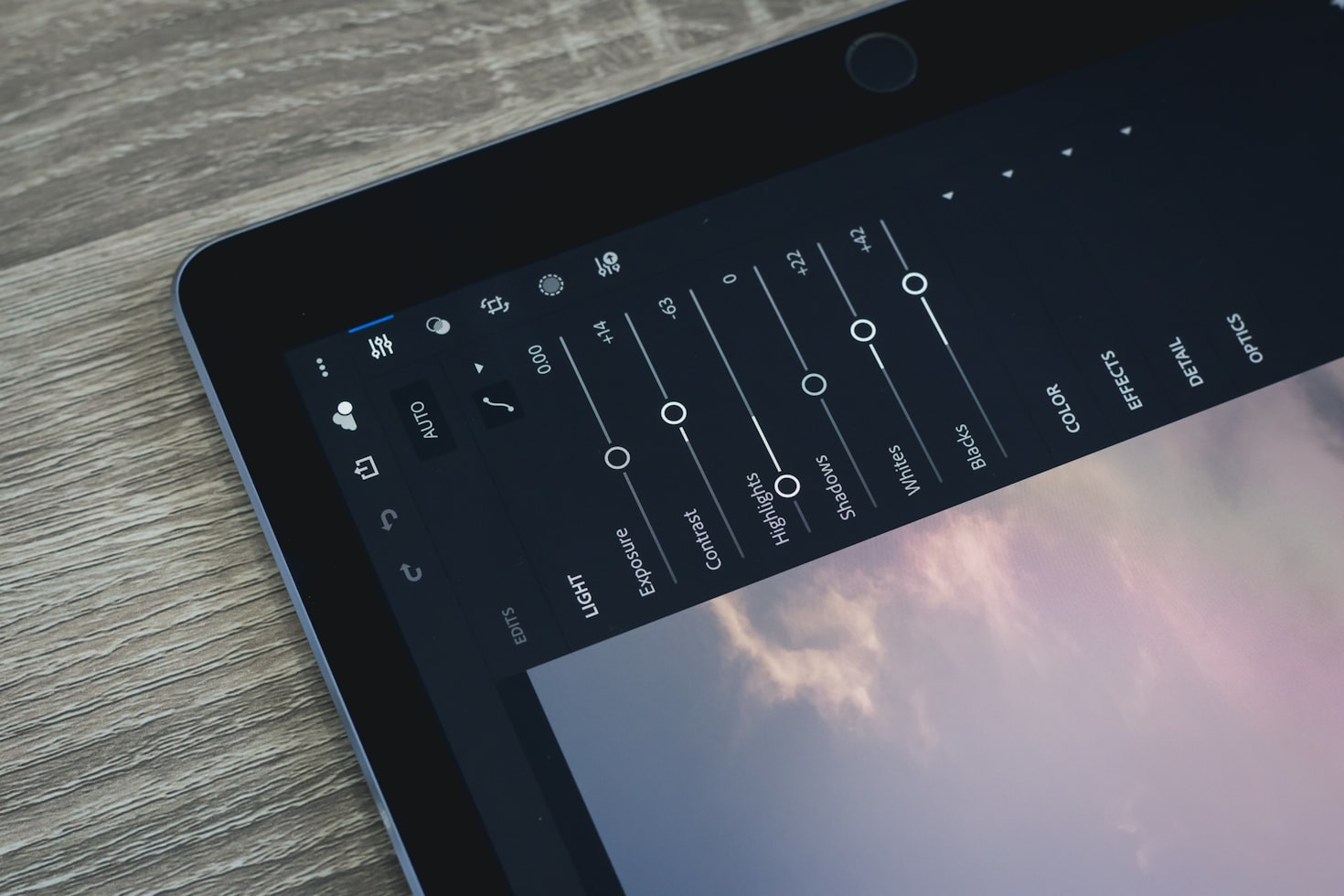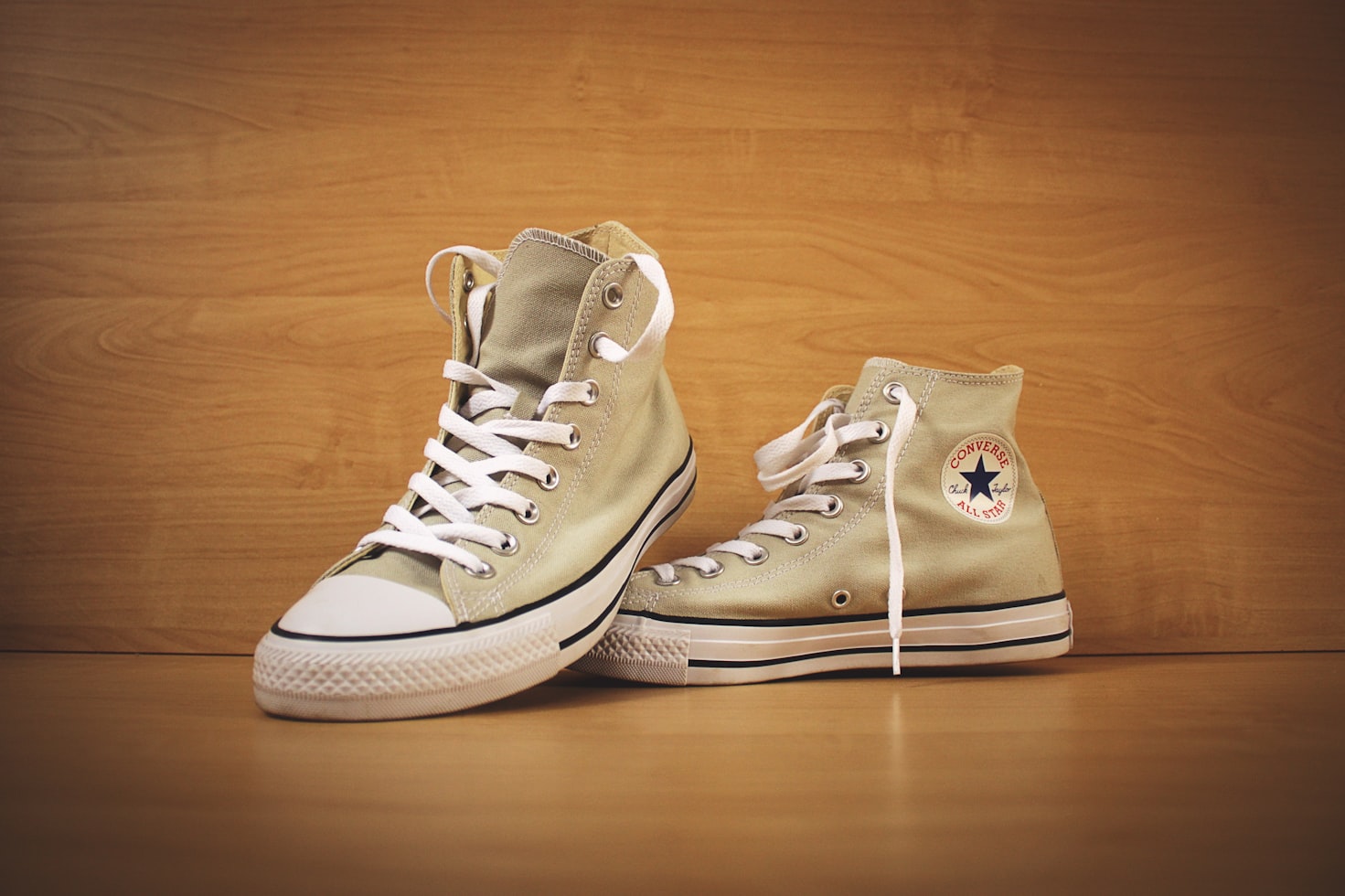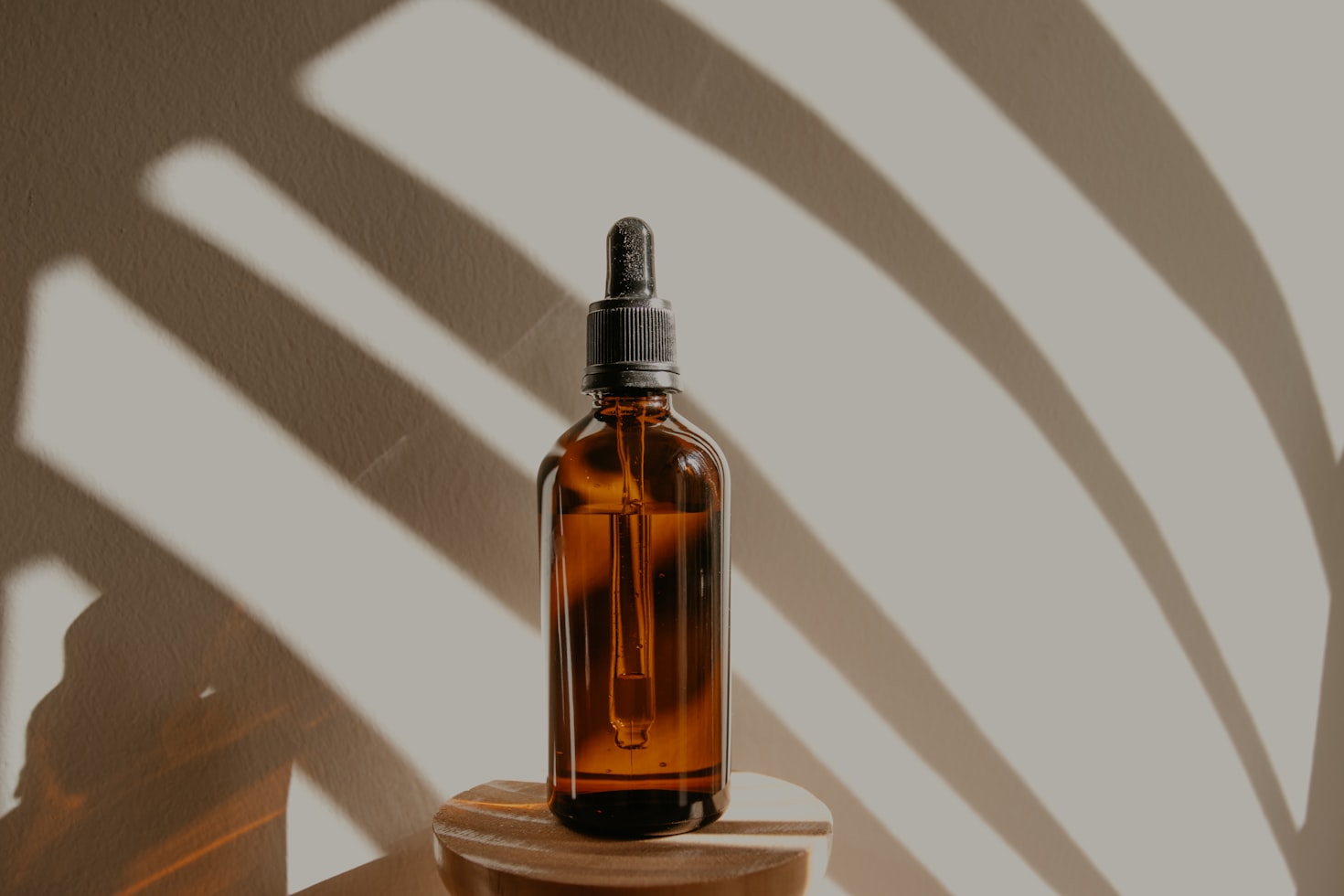As an e-commerce business owner, mastering how to edit product photos is key to standing out in a competitive market. Well-edited photos not only attract attention but also boost sales by creating a positive visual experience for potential customers. Here are expert tips to help you enhance your product photos and elevate your brand’s online presence.

Tip #1: Understand Your Audience
Editing with your target audience in mind is critical. Consider the preferences, demographics, and shopping habits of your customers. Are they young and trendy or more mature and sophisticated? For instance, vibrant and bold edits may appeal to younger audiences, while elegant and minimalistic designs resonate with older customers. Aligning your edits with your customers’ expectations is a crucial aspect of learning how to edit product photos effectively, increasing the chances of engagement and conversion.
Tips #2: Tell a Story Through Visuals
Instead of just displaying the product, weave a story through your images. Visual storytelling captures emotions and connects the product to the customer’s life. For example, if you sell outdoor gear, showcase your products in real-world adventure scenarios. These visual narratives make the product more relatable, triggering an emotional response that can drive sales.

Tip #3: Remove Distractions and Imperfections
Clear, focused product images are essential for creating a professional look. Retouching can help eliminate distractions, such as blemishes or background noise, ensuring the spotlight remains on the product. Learning how to edit product photos to remove distractions through techniques like background removal and color adjustment will help you present a clean, polished image that enhances the product’s best features.
Tip #4: Select the Right Background
The background you choose plays a significant role in how your product is perceived. A white background provides clarity and focus, making it ideal for e-commerce. Colored backgrounds, on the other hand, can evoke specific emotions or complement the product’s aesthetic. Tailoring the background to your product is a fundamental aspect of how to edit product photos effectively.

Tip #5: Perfect Lighting and Shadows
Balanced lighting and shadows bring out the product’s details while adding depth. Use natural lighting or softbox setups to avoid harsh shadows, and experiment with different lighting angles to highlight key features. Shadows should be subtle, helping to ground the product in the image without overwhelming the scene.
Proper lighting and shadow management are core skills when learning how to edit product photos for maximum impact.

Tip #6: Ensure Color Accuracy
Accurate color representation is essential to avoid returns and negative reviews. Adjust white balance settings in-camera or during post-processing to make sure the product’s colors are true to life. Consistency in color ensures customers know exactly what they’re purchasing, reducing the likelihood of dissatisfaction.
Tip #7: Add Depth with Shadows
Strategically placed shadows can give your product a three-dimensional feel, making it stand out from the background. Shadows should be natural and proportionate to the light source to avoid making the product appear artificial or floating. Depth in images provides a more realistic and attractive view for potential buyers.
Mastering these elements is essential in understanding how to edit product photos to add depth and realism.
Tip #8: Utilize Lifestyle Composites
Lifestyle composites help customers envision how the product fits into their everyday lives. By showing the product in context—whether it’s a kitchen appliance in a well-decorated kitchen or clothing worn by a model—you make the product relatable. When done correctly, lifestyle composites increase the product’s appeal by showing its practicality in real-life situations.
Tip #9: Optimize Image Size for Web Use
High-resolution images are critical for quality but can slow down website loading times, harming user experience. Compress images using tools like TinyPNG while maintaining quality. Additionally, consider converting image formats from AVIF to WebP to reduce file sizes without compromising quality. These formats are optimized for web use and can help improve website performance. Optimizing image sizes ensures faster loading times, which is essential for retaining customer attention and improving conversion rates.

Tip #10: Incorporate SEO Practices
Alt text and descriptive file names are essential for improving your images’ search engine visibility. Include relevant keywords in both the alt text and file names to boost your product’s chances of appearing in search results. Proper SEO practices ensure your images reach a broader audience, driving more traffic to your site.
Tip #11: Create Dynamic Content
Adding movement to your images, such as animated GIFs or product videos, can increase engagement. Show your product in action, from different angles, or demonstrate its functionality. Dynamic content provides an interactive experience for customers, keeping them engaged longer and increasing the likelihood of a purchase.

Tip #12: Maintain Consistency in Editing Style
Consistency in your editing style helps build brand recognition. Whether it’s the lighting, color tone, or overall aesthetic, maintaining a uniform style across all platforms creates a cohesive visual identity. Mastering how to edit product photos with consistency across platforms fosters trust and recognition among customers.
Conclusion
By implementing these practical tips, you can significantly improve the quality of your product photos, turning them into a powerful tool for driving sales. Learning how to edit product photos effectively enhances the visual appeal of your products, builds trust, and ultimately boosts your bottom line.
Transform your Amazon product presentations with ProductScope’s AI Photoshoot! Visualize your product in the perfect setting, from a sunny breakfast scene to a serene mountain peak. Our innovative AI Photoshoot technology turns your ideas into breathtaking, high-resolution images, all at a cost significantly lower than standard photoshoots. Elevate your product’s appeal with ProductScope – where your imagination meets reality. Begin your journey today!
Sign Up for ProductScope AI Today!
FAQs
How Do I Choose the Right Software for Editing Product Photos?
Selecting user-friendly yet feature-rich software like Adobe Photoshop or GIMP is crucial for effective photo editing.
What Are the Best Practices for Cropping Product Photos?
Filling the frame with the product ensures clarity and impact, avoiding excessive empty space.
How Important Is Background Selection in Product Photo Editing?
Choosing the right background, such as white or neutral tones, is essential for e-commerce photos, focusing attention on the product.
Can I Use Filters and Effects on My Product Photos?
Use filters and effects judiciously to maintain realism and credibility in your product representation.
How Can I Ensure My Product Photos Are Optimized for Web Use?
Optimizing image file size with tools like TinyPNG and including SEO-friendly alt text are key for web use.
What Role Do Lifestyle Photos Play in Product Photo Editing?
Lifestyle photos add depth and context, enhancing emotional connection with the product.
Is It Necessary to Have Professional Equipment for Product Photography?
Professional equipment is beneficial but not mandatory; good lighting and a decent camera can suffice.
How Do I Handle Color Accuracy in Product Photos?
Ensuring color accuracy is vital, especially for products where color is a key feature, like clothing.
What Are Some Common Mistakes to Avoid in Product Photo Editing?
Avoid over-editing, neglecting color accuracy, and using distracting backgrounds to maintain focus on the product.
How Can I Test the Effectiveness of My Product Photos?
Conduct A/B testing with various photo styles and edits, monitoring metrics like click-through and conversion rates for effectiveness.
How to edit product photos to look professional?
Use editing software like Adobe Photoshop or Canva to adjust lighting, remove backgrounds, enhance colors, and sharpen details for a polished look.
Does product photography increase sales?
Yes, high-quality product images improve customer trust, highlight details, and enhance listings, leading to higher engagement and increased conversions.
What is the best F stop for product photography?
An f/8 to f/11 aperture is ideal, providing a sharp focus on the product while keeping the entire item in clear detail.
How to take photos of products to sell?
Use good lighting (natural or softbox), a neutral background, a tripod for stability, and proper angles to showcase the product’s features clearly.
